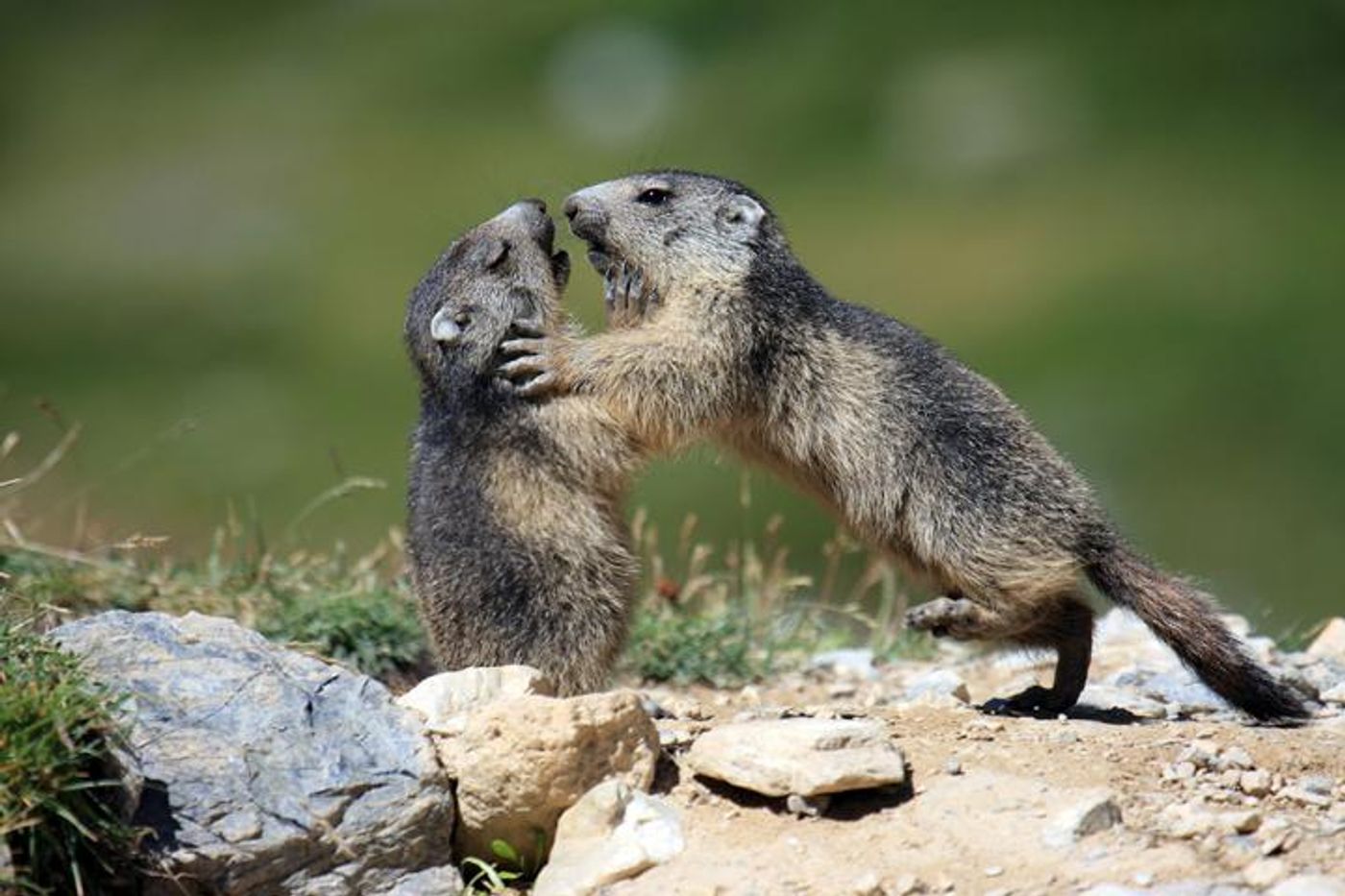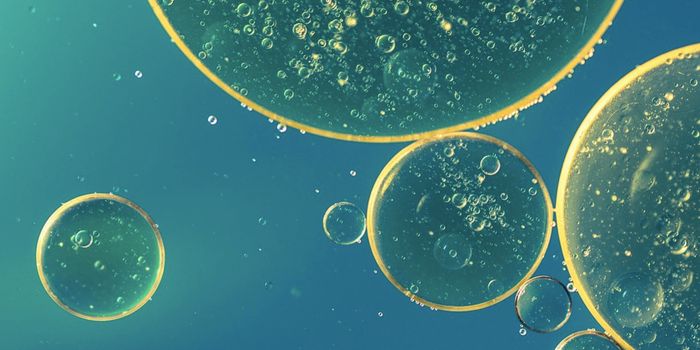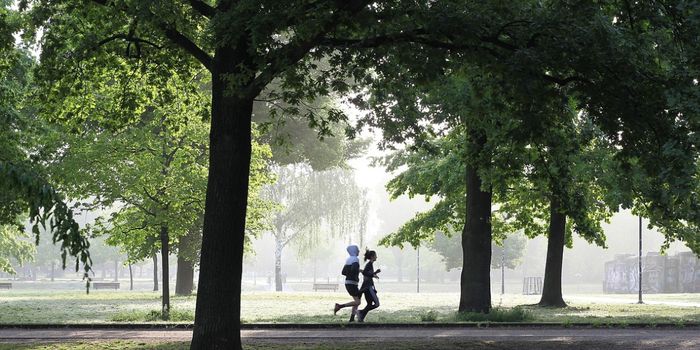Genetic Diversity is Impacted by Climate Change
As the world continues to warm, scientists are learning more about how climate change will affect the organisms living on our planet. Researchers have recently focused on how genetic diversity, which is thought to be critical to an organisms’ survival, is affected by climate change. An international team of researchers analyzed the alpine marmot genome. This marmot is a holdover from the last ice age currently surviving in high numbers in high altitude Alpine meadows. The scientists were surprised to find that the species is the least genetically diverse of any wild mammal that’s been studied so far.
The scientists believe that during the last ice age and events related to the climate, the marmot lost diversity; the animals that survived carried on with very similar genomes. It has not regained that diversity since. The work, which was reported in Current Biology, adds to the list of species that have been found to be thriving in spite of low genetic diversity in the wild, like narwhals. Koalas are another species with little genetic diversity, but they are not doing so well.
"We were very surprised by this finding. Low genetic diversity is primarily found among highly endangered species such as for instance, the mountain gorilla. Population numbers for the alpine marmot, however, are in the hundreds of thousands, which is why the species is not considered to be at risk," explained Professor Dr. Markus Ralser, the Director of Charité's Institute of Biochemistry.
The alpine marmot doesn’t have difficulty breeding, and its current habits don’t explain the low diversity in its genome. The researchers turned to computational analysis and the fossil record to learn more about the genetic history of the animal. The team determined that genetic diversity was lost in the alpine marmot as it adapted to the changes occurring during the last ice age. There was an adaptation at the start of the last ice age when it began living on the Pleistocene steppe. Another change happened around the end of that ice age, as the steppe disappeared.
The marmots have since been living in high-altitude grasslands of the Alps in temperatures like those of the Pleistocene steppe. The marmot, suggested the researchers, adapted to the colder temperatures, which lengthened generation time and a reduced their genetic mutation rate. The animals were, therefore, unable to restore their loss of genetic diversity.
"Our study shows that climate change can have extremely long-term effects on the genetic diversity of a species. This had not previously been shown in such clear detail. When a species displays very little genetic diversity, this can be due to climate events which occurred many thousands of years ago," noted Ralser. "It is remarkable that the alpine marmot managed to survive for thousands of years despite its low genetic diversity." Low variability in the genomes of a species can impair an organisms ability to survive and adapt - it becomes more vulnerable to disease or can't keep up with altered environmental conditions.
“We should take the results of the study seriously, as we can see similar warnings from the past. In the 19th century, the passenger pigeon was one of the most abundant species of land birds in the Northern Hemisphere, yet, it was completely wiped out within just a few years," added Ralser. "It is possible that low genetic diversity played a role in this."
Learn more about the importance of biodiversity and its effects on genetic diversity from the video above. The video below explores the relationship between biodiversity and climate change.
Sources: AAAS/Eurekalert! via Charité – Universitätsmedizin Berlin, Current Biology










